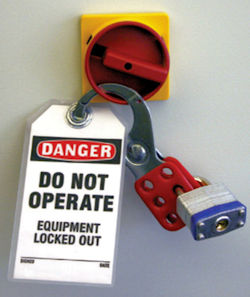Hazard Prevention and Control
Hazard prevention and control processes are conducted after hazards are identified and assessed. They help employers prevent existing and potential hazards and eliminate or otherwise control hazards in the workplace.
- Employers and workers cooperate to select controls are per the "Hierarchy of Controls" to eliminate or reduce hazards and exposure to hazards.
- To control hazards, elimination, substitution and engineering solutions are used. To eliminate or reduce exposure, administrative controls, safe work practices, and personal protective equipment (PPE) are used.
- A plan is developed to ensure controls are implemented, interim protection is provided, progress is tracked, and the effectiveness of controls is verified.
Effective hazard prevention and control methods protect workers and have the following benefits:
- Eliminate or reduce workplace hazards and exposure to hazards.
- Help employees avoid injuries, illnesses, and incidents.
- Eliminate or minimize safety and health risks.
- Help employers provide workers with safe and healthful working conditions.
Knowledge Check Choose the best answer for the question.
1-9. What is the primary purpose of the "Hierarchy of Controls?"
You forgot to answer the question!

